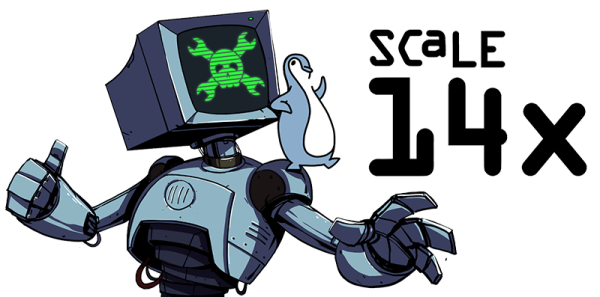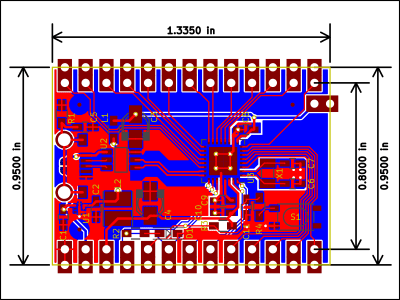While sorely lacking in pictures of the innards of this digital canvas, we were extremely impressed with the work that went into making such a convincing object. [Clay Bavor] wanted a digital picture frame, but couldn’t find one on the market that did what he wanted. They all had similar problems, the LCDs were the lowest quality, they were in cheap bezels, they had weird features, they had no viewing angle, and they either glowed like the sun or were invisible in dark environments.
[Clay] started with the LCD quality, he looked at LCD specs for the absolute best display, and then, presumably, realized he lived in a world where money is no object and bought a 27″ iMac. The iMac has a very high pixel density, no viewing angle, and Apple goes through the trouble of color balancing every display. Next he got a real frame for the iMac, cut a hole in the wall to accommodate it, and also had a mat installed to crop the display to a more convincing aspect ratio for art. One of the most interesting part of the build is the addition of a Phidgets light sensor. Using this, he has some software running that constantly adjusts the Mac to run at a brightness that’s nearly imperceptible in the room’s lighting.
Once he had it built he started to play around with the software he wrote for the frame. Since he wanted the frame to look like a real art print he couldn’t have the image change while people were looking, so he used the camera on the Mac and face detection to make sure the image only changed when no one was looking for a few minutes. He also has a mode that trolls the user by changing the image as soon as they look away.
We admit that a hackier version of this would be tearing the panel out of a broken iMac and using a lighter weight computer to run all the display stuff. [Clay] reached the same conclusion and plans to do something similar for his version 2.0.







 draw the schematic and layout. Using the
draw the schematic and layout. Using the 










